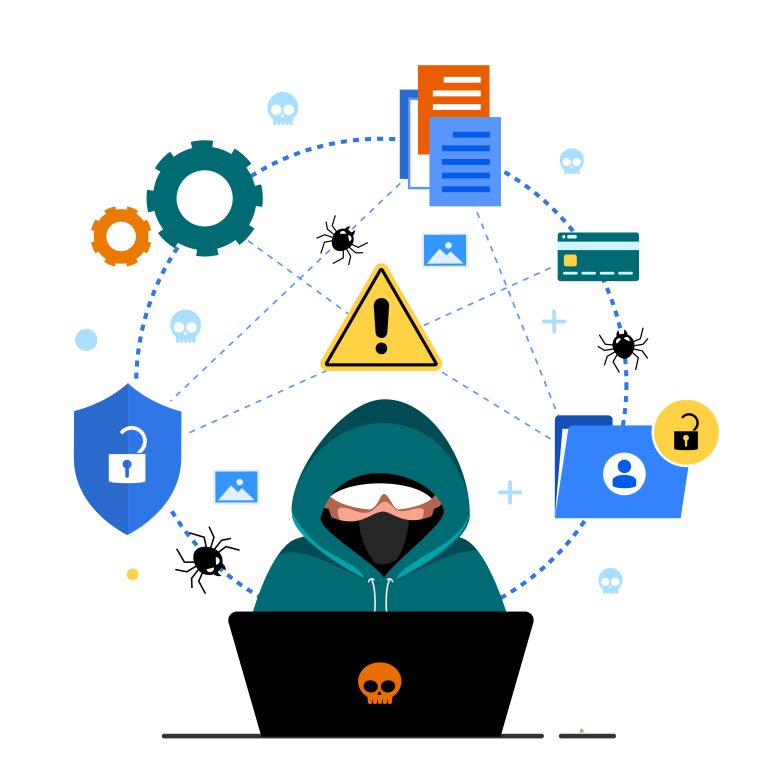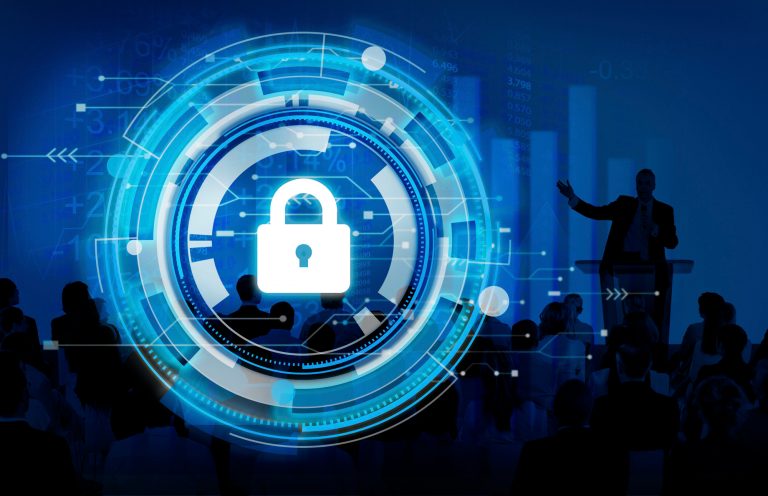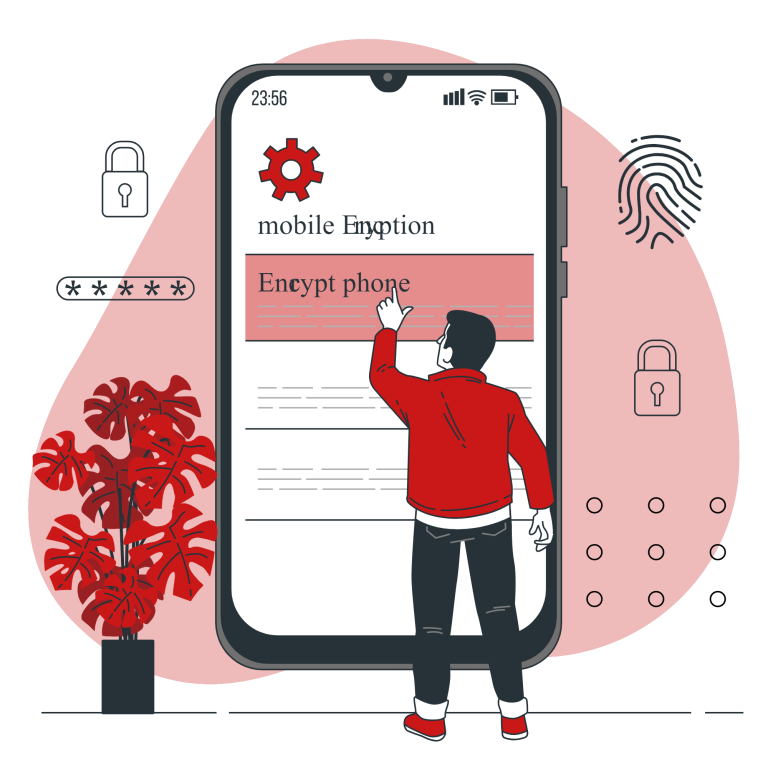Introduction:
In today’s interconnected world, where technology is deeply embedded in our personal and professional lives, the significance of cybersecurity cannot be overstated. As the frequency and sophistication of cyber threats continue to rise, safeguarding our digital assets and information has become an essential priority. This blog delves into the multifaceted realm of cybersecurity, exploring its importance, the evolving threat landscape, key challenges, proactive measures individuals and organizations can take to fortify their online defenses, and emerging trends shaping the future of cybersecurity.
- The Essence of Cybersecurity:
Cybersecurity is the practice of protecting computers, networks, software, and data from unauthorized access, damage, or disruption. It encompasses a wide range of measures, including technical, administrative, and procedural safeguards, designed to ensure the confidentiality, integrity, and availability of digital resources. The fundamental pillars of cybersecurity include:
a. Confidentiality: Ensuring that sensitive information is accessible only to authorized individuals or systems.
b. Integrity: Guaranteeing the accuracy and trustworthiness of data by preventing unauthorized alteration or tampering.
c. Availability: Ensuring that systems, networks, and data are accessible and operational when needed, without interruption or compromise.
d. Authentication: Verifying the identity of users, devices, or systems to grant appropriate access privileges.
e. Authorization: Controlling and granting access permissions based on predefined rules and policies.
f. Risk Management: Identifying, assessing, and mitigating risks to minimize potential vulnerabilities and impacts.
- Understanding the Importance of Cybersecurity:
a. Protection of Personal Information: Cybersecurity measures shield personal data, such as social security numbers, financial details, and healthcare records, from falling into the wrong hands. This safeguards individuals’ privacy and protects them from identity theft, financial fraud, and other forms of cybercrime.
b. Defense Against Financial Loss: Cyberattacks can lead to significant financial losses for individuals and organizations. Incidents such as data breaches, ransomware attacks, and business email compromise can result in direct financial theft, legal costs, regulatory fines, and reputational damage.
c. Safeguarding Intellectual Property: Intellectual property, including patents, trademarks, and trade secrets, holds immense value for businesses. Strong cybersecurity practices protect proprietary information from theft and unauthorized access, preserving competitiveness, innovation, and market advantage.
d. Ensuring Business Continuity: Cyber threats, such as ransomware attacks and system breaches, can disrupt operations, resulting in revenue loss, reputational damage, and customer distrust. Effective cybersecurity measures help maintain business continuity, even in the face of potential threats, ensuring uninterrupted services and minimizing financial and operational impacts.
e. Protecting Critical Infrastructure: Cyberattacks on critical infrastructure, such as power grids, transportation systems, and healthcare networks, can have severe consequences for society. Robust cybersecurity defenses are crucial to prevent disruptions that could impact public safety, essential services, and national security.
- Emerging Cybersecurity Challenges:
a. Advanced Persistent Threats (APTs): APTs are sophisticated, prolonged cyber campaigns targeting specific organizations or individuals. These attacks often involve social engineering, zero-day exploits, and advanced evasion techniques, requiring advanced detection and response mechanisms. APTs typically aim to gain prolonged access to target systems, steal sensitive data, or disrupt critical operations.
b. Internet of Things (IoT) Security: The rapid proliferation of IoT devices, ranging from smart home devices to industrial sensors, poses significant challenges to cybersecurity. The interconnected nature of IoT networks introduces vulnerabilities that can be exploited to gain unauthorized access, launch large-scale attacks, or compromise data privacy.
c. Cloud Security: As businesses increasingly rely on cloud computing services, ensuring the security of data stored and transmitted through cloud platforms becomes crucial. Robust encryption, access controls, regular audits, and adherence to industry-standard security frameworks are necessary to maintain the integrity and confidentiality of cloud-based resources.
d. Insider Threats: Insiders with privileged access, whether malicious or unintentional, can pose significant risks to an organization’s cybersecurity. Insider threats may involve data theft, unauthorized system access, or the introduction of malware. Effective employee training, strict access controls, continuous monitoring, and periodic audits help mitigate this threat.
e. Regulatory Compliance: Organizations face increasing pressure to comply with cybersecurity regulations and standards, such as the General Data Protection Regulation (GDPR) and the Payment Card Industry Data Security Standard (PCI DSS). Meeting compliance requirements help protect sensitive data, build customer trust, and avoid legal repercussions.
- Proactive Cybersecurity Measures:
a. Strong Passwords and Multi-Factor Authentication: Implementing complex, unique passwords and utilizing multi-factor authentication adds an extra layer of protection against unauthorized access. Password management tools and biometric authentication methods further enhance security.
b. Regular Software Updates and Patching: Keeping operating systems, applications, and security software up to date is crucial in mitigating vulnerabilities and ensuring protection against known threats. Software vendors release patches and updates to address identified security weaknesses, and timely application of these updates is vital.
c. Employee Education and Training: Human error and negligence remain significant contributors to cybersecurity incidents. Educating employees on cybersecurity best practices, such as identifying phishing emails, using secure Wi-Fi networks, and practicing safe browsing habits, enhances the overall security posture of an organization. Regular training programs and simulated phishing exercises can raise awareness and foster a security-conscious culture.
d. Network Segmentation: Dividing networks into segments with controlled access helps contain and limit the impact of potential breaches. Network segmentation reduces the lateral movement of attackers, ensuring that compromised segments do not compromise the entire network. Firewalls, virtual local area networks (VLANs), and access control lists (ACLs) are commonly used for network segmentation.
e. Incident Response Planning: Developing and regularly testing an incident response plan allows for a swift and coordinated response to security incidents. An effective incident response plan includes defined roles and responsibilities, communication protocols, procedures for containment and eradication, data breach notification processes, and post-incident analysis to learn and improve.
f. Encryption and Data Backup: Encrypting sensitive data at rest and in transit ensures that even if it is compromised, it remains unreadable to unauthorized individuals. Additionally, maintaining regular backups of critical data ensures its availability in the event of data loss, ransomware attacks, or system failures.
- The Future of Cybersecurity:
a. Artificial Intelligence (AI) and Machine Learning: AI-powered systems can augment cybersecurity measures by analyzing vast amounts of data, identifying patterns, and detecting anomalies in real time. AI enables faster and more accurate threat detection, enhanced incident response, and the ability to adapt to evolving attack techniques.
b. Zero Trust Architecture: Zero Trust frameworks treat every user, device, and connection as potentially untrusted, requiring continuous authentication and verification. This approach reduces the attack surface and improves overall security by enforcing strict access controls, least privilege principles, and micro-segmentation.
c. Quantum-Safe Cryptography: The rise of quantum computing presents a challenge to conventional encryption algorithms. Quantum computers have the potential to break current cryptographic methods, making the development of quantum-resistant cryptographic techniques crucial for ensuring secure communication and data protection in the post-quantum era.
d. Collaboration and Information Sharing: Cybersecurity threats are best addressed through collaborative efforts. Sharing threat intelligence and best practices among organizations, industries, and governments can help identify emerging threats, develop effective countermeasures, and strengthen the overall cybersecurity ecosystem.
Conclusion:
In an increasingly digital world, the importance of cybersecurity cannot be overstated. By recognizing the significance of cybersecurity, understanding emerging threats, and implementing proactive measures, individuals and organizations can fortify their digital defenses and mitigate potential risks. The essence of cybersecurity lies in protecting sensitive information, defending against financial loss, safeguarding intellectual property, ensuring business continuity, and protecting critical infrastructure. However, the evolving cybersecurity landscape presents challenges such as advanced persistent threats (APTs), IoT security vulnerabilities, cloud security concerns, insider threats, and compliance with regulatory frameworks.
To address these challenges, proactive cybersecurity measures include implementing strong passwords and multi-factor authentication, regularly updating software and patching vulnerabilities, conducting employee education and training programs, segmenting networks, establishing robust incident response plans, and encrypting data along with maintaining regular backups. Looking ahead, the future of cybersecurity will be shaped by technologies like artificial intelligence (AI) and machine learning, zero trust architecture, quantum-safe cryptography, and increased collaboration and information sharing among stakeholders.
In conclusion, cybersecurity is of paramount importance in our digital era. By adopting a proactive approach, staying informed about emerging threats, and embracing technological advancements, we can strengthen our digital ramparts and create a safer, more secure digital environment for individuals, organizations, and society as a whole.



